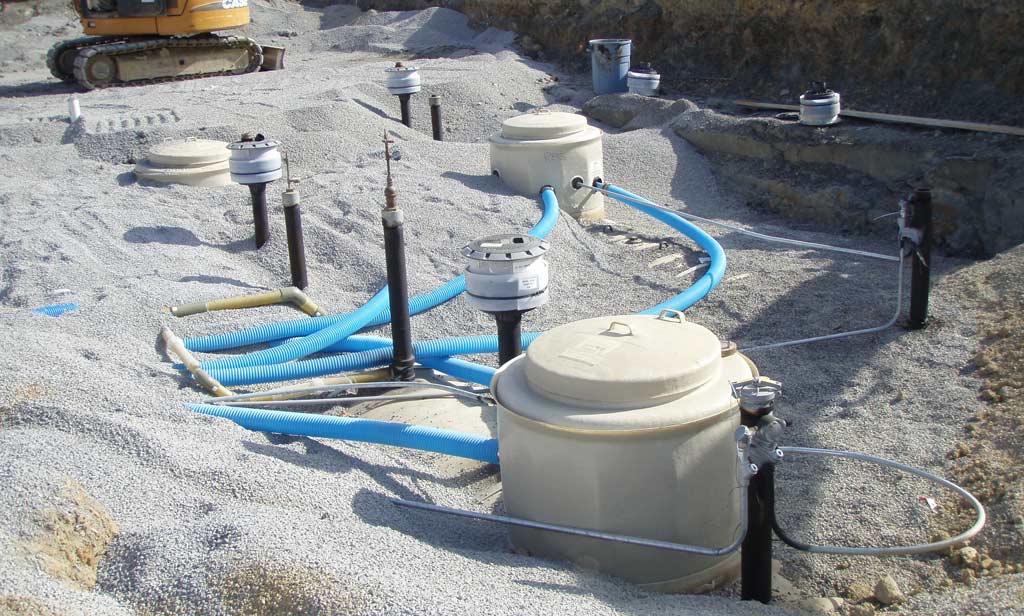USTs are regulated in the United States to prevent release of petroleum and contamination of groundwater, soil and air. The 1984 Hazardous and Solid Waste Amendments to the Resource Conservation and Recovery Act (RCRA) required EPA to develop regulations for the underground storage of motor fuels to minimize and prevent environmental damage, by mandating owners and operators of UST systems to verify, maintain, and clean up sites damaged by petroleum contamination.

In December 1988, EPA regulations asking owners to locate, remove, upgrade, or replace underground storage tanks became effective. Each state was given authority to establish such a program within its own jurisdiction, to compensate owners for the cleanup of underground petroleum leaks, to set standards and licensing for installers, and to register and inspect underground tanks.
Of the approximately one million underground storage tanks sites in the United States as of 2008, most of which handled some type of fuel, an estimated 500,000 have had leaks. As of 2009, there were approximately 600,000 active USTs at 223,000 sites subject to federal regulation.
- As mandated by the EPA, all UST operators were to be trained as of October 13, 2018.
- All new UST operators must be trained within 30 days of assuming duties.
- Class A/B - 4hr: $150 ($99 in some States)
- Class C - 1hr only $10!
- Enter Code "train10off" at Checkout
In 2012, EPA published how to screen buildings vulnerable to petroleum vapor intrusion, and in June 2015, U.S. EPA finally released its “Technical Guide for Assessing and Mitigating the Vapor Intrusion Pathway from Subsurface Vapor Sources to Indoor Air” and “Technical Guide For Addressing Petroleum Vapor Intrusion At Leaking Underground Storage Tank Sites”.
Below are some UST Acronyms and what they apply to:
- AWQS – Aquifer Water Quality Standards
- BGS – Below Ground Surface
- BLS – Below land surface
- BTEX – benzene, toluene, ethylbenzene, xylenes
- CAP – Corrective Action Plan
- COC – Chain of Custody or chemicals of concern
- IFCI – International Fire Code Institute
- LUST – Leaking Underground Storage Tank
- MCLs – Maximum Contaminant Levels
- MRLs – Minimum Reporting Levels
- MTBE – Methyl Tertiary Butyl Ether
- PAH – Polynuclear Aromatic Hydrocarbon
- RAGS – Risk Assessment Guidance for Superfund, a manual entitled,”Superfund Risk Assessment Guidance Manual, Volume I: HumanHealth Assessment, Interim Final”, EPA, 1989, Parts A, B, C, and D
- RBCA – Risk-Based Corrective Actions
- RCRA – Resource Conservation and Recovery Act in 42 U.S.C. 6924 (u)
- RCRA – Resource Conservation and Recovery Act
- SAF – UST State Assurance Fund
- SARA – Superfund Amendments and Reauthorization Act of 1986, P.L. 99-499
- SCR – Site Characteristic Report
- SRLs – Soil Remediation Levels
- TPH – Total petroleum hydrocarbons
- UST – Underground Storage Tank
